|
The weather has been stormy over the past few weeks, but this morning the clouds cleared and the seeing promised to be good. I woke up at 2:45 AM and walked out the door by 3:20, hauling my APM 140. As I reached my local park, it dawned on me that conditions were essentially perfect. The sky was wonderfully transparent, the temperature was perfect, and there was a thin misting of dew on the ground. The rabbits and fireflies that used to give the park such a magical air, however, have largely disappeared (for now). It was a special morning for more than one reason. The Moon had just passed in front (occulted) Mars, and the two worlds were still right next to each other in the night sky. It was a stunning sight as I set up the APM. Then, when I wheeled the big telescope around to have a look at the Moon, I was just floored by the spectacular, razor-sharp detail. Rilles and craterlets snapped into view as I've never seen them, and I thought I could actually pick up gradations of color on a Moon that has always looked monochrome to me. It was easy to get lost in that view, but I had a job to do: observe Mars as it approaches opposition. Now, it's around five weeks away - hard to believe! - and wow does the planet look big and bright. The APM revealed it in spectacular detail, with Syrtis Major huge and dark on the planet's surface, arcing north from a south polar cap that now seems small (but bright), with Nodus Alcyonius obvious nearby. It was easily the best view of Mars I've had. By 4 AM the view softened a bit, as a turbulence entered our terrestrial atmosphere. I think I noticed a hint of the planet's rotation between 3:45 and 4:45 AM; Syrtis Major seemed just a bit offset from where it was when I set up. I knew my iPhone would never capture even a half-decent image of the view, and I kicked myself for not bringing a sketching pad. Still, I have an app called "Paper" on my phone, and I used that to quickly just down what I could easily see. An enormous amount of detail is missing, of course, including many subtle grays south of Syrtis Major. Yet I'm hopeful that I'll get better at this, and I could tell that it helped me observe more closely and carefully. By 4:30 AM or so, the highlights of the winter sky had climbed above the horizon. Of course, I had to have a look at Orion. To my surprise, six stars were visible in the Trapezium - a first for me, if memory serves. Through the APM, the nebula looked about as impressive near the light-polluted horizon as it does while near zenith with my Takahashi (or maybe even a little better). Rigel B was much easier to spot than I can remember, and the Pleiades were just spectacular. Venus, also rising in the east, was lost in atmospheric turbulence. But still, I observed its half-disk for a minute or so.
I've praised it before in this space, but wow - I cannot say enough about this APM refractor. There are times when I've fantasized about selling all my gear in exchange for an Astro-Physics refractor - something truly high-end. Yet I just can't see how the APM can be improved. I see less false color with the APM than I do with the Takahashi - even with the Takahashi's focal extender screwed in - and the detail, contrast, and color I can see on planets is just otherworldly (sorry). Bright deep space objects are a joy to observe, and the every last detail on the telescope - from the focuser to the dew shield - is a pleasure to use. Like my TV-85, there's something magical about this telescope. It's a true keeper. Also deserving of praise: TeleVue Delos eyepieces. They are, without doubt, the best I've used in terms of clarity, contrast, and comfort for my eye. Maybe I'll get another come Christmas.
0 Comments
We're less than two months away from Mars reaching opposition, and the red planet is getting awfully bright in the morning sky. Its apparent size is getting pretty big, too, and there are - as yet - no signs of the planetary dust storm that made it so much harder to see details on the planet during its last opposition, in 2018. Now is the time to observe Mars, and with that in mind I dragged my APM 140 out of the apartment and down to the park at 3:30 this morning.
Wispy cirrus clouds were starting to advance from the west as I set up my telescope, and there was an odd haze in the air. Street lamps were surrounded with halos that took on an odd fractal pattern I'm not sure I've seen before. After I started observing, I noticed the same thing around Mars. Oh well! The planet was spectacular nonetheless. The clouds that constitute its south polar hood appear to have broken up as the southern hemisphere enters summer, and the ice cap - now clearly visible - seems quite small. I could plainly make out an an intricate latticework of dark albedo markings stretching up from the pole, covering maybe half the planet's surface. Tonight, the atmosphere allowed me to reach around 170x before the view got a little mushy, and at that magnification the planet is still quite small. Easily big enough, however, to discern a whole lot of detail. Venus had climbed fairly high above the horizon by around 4 AM, and wow did it look weird with the naked eye: squashed into a fat little triangle by those strange atmospheric conditions. It was hazy and painfully bright through the telescope, though still satisfying to see the planet, from our perspective halfway illuminated. I thought I could make out some detail in the planet's clouds around its terminator, near the equator, but seeing was bad enough to make me question that observation. The Pleiades, meanwhile, had also wheeled into view, and I had my first look at them with the APM. Naturally the view was brighter than I've had before, though I wished for a wide field eyepiece - I'd left my 55mm Plossl at home - and the seeing was bad enough to mar the view ever so slightly. Still an impressive sight, however. Once again, telescope, mount, and tripod all functioned exceptionally well. I'm impressed at how easily the lightweight AYO II handles the big refractor when everything is properly balanced. Bizarrely, the telescope handles more smoothly and easily than the Takahashi FC-100DC on the same mount - or maybe it just seems that way, since it takes a little more effort to use the smaller telescope's focuser (it's one-speed only). Certainly the APM is my favorite telescope to use, with the little TeleVue a close second (it would be first, but that big aperture is hard to resist). It was quite cold here last night, but I got a new eyepiece - an TeleVue Ethos 3.7 mm - and I was determined to use it. Unfortunately, the atmosphere was restless and the seeing poor to atrocious, so I was largely limited to low magnifications and wide field views. The TeleVue 85 was perfect for the task. Early in the night, the jewels of winter started rising over the horizon. I was on our illuminated observation deck with a three-inch telescope, and Orion was still climbing above the light-polluted murk of the eastern skyline, but still: I had a nice view of the Trapezium at around 66x. I even captured something of the view on my iPhone, though of course: much is lost in the translation. The Orion Nebula is something that never, ever gets old to me. The Pleiades, being higher in the night sky, looked spectacular, especially at very low magnifications (11x with my 55mm Plossl). Towards the end of my night, I finally used the Ethos on Rigel, and managed to clearly make out Rigel's companion, Rigel B (itself a double star, but that was beyond my telescope) at 162x. Not bad, considering the terrible seeing! The TV 85 is a masterpiece. As I've written before, I just don't understand how so much telescope fits in such a tiny package. At low or high magnifications, the view is consistently spectacular - and surprisingly bright. A short observing session tonight on the observation deck with the FC100-DC, in temperatures cold enough to become uncomfortable after a half hour or so. Despite the hazy conditions and nearly full moon, I tried to get a shot of the Pleiades, then high in the sky. For once taking a picture with my iPhone worked better than taking a video (the above shot of the Moon is a frame from a video). I'm not unhappy with the result, considering it's the product of a phone (and a very good telescope, granted). The Takahashi refractor showed some absolutely stunning details tonight on the fully illuminated parts of the Moon, especially around the around the Mare Tranquilitatis and Serenitatis with a Baader Hyperion zoom. There was the sense that you could keep on zooming in forever, with more and more detail popping into view. Even at around 200x, the view remained wonderfully bright; at times almost painfully so. I closed the short evening by hunting for Uranus. Alas: no luck tonight.
After ogling the Orion Nebula in my new observing site on January 7, I got a little overzealous and made the mistake of returning with my AR 102 just after a rainstorm, on a humid night that soon clouded over. Hunched over in the mud, I could barely make out anything, and I soon enjoyed the company of a big, barking dog. Someone turned on some really bright spotlights at Sidwell Friends School that I can't remember seeing last time, so observing any deep space objects was out of the question. All in all: a disappointment. On a partly cloudy night roughly a week later, I stepped out with my 15x70 binoculars and returned to the park. The lights were on again, but I found a dark shadow under hill that shielded me from the glare. I reclined on the hill and had ethereally beautiful view of the Pleiades and Hyades open clusters, which are now too near zenith to be easy targets for my refractor. Of the two, the Hyades cluster impressed me more, both because I know it's relatively near Earth (just a 150 light year trip!), and because bright, crimson Aldebaran contrasted strikingly with the surrounding stars. Over a week went by before the sky cleared again. Tonight, on February 7, I ventured out with my AR 102 to catch a glimpse of the Moon, Venus, and Mars. It was windier than I expected so the seeing was quite poor, and it again so cold that my hands quickly turned into claws. Nevertheless, the waxing crescent Moon was striking even at 20x. I tried to take a picture using my iPhone and a little gadget I picked up that fastened the phone to my eyepiece. However, the results were disappointing, and I found it hard to keep the phone positioned over the eyepiece. Money poorly spent, it seems. Before long, I wheeled my telescope from the Moon to Venus, which was beginning to approach the western horizon. Venus is nearing inferior conjunction, which means that it's getting close to the Earth. It is, therefore, both extremely bright and fairly big through the eyepiece. I have always found Venus disappointing, since uniformly bright clouds shroud the planet and prevent visual observers from seeing much more than a featureless crescent. This time, I could make out that crescent just fine at 132x, but it bobbed and flickered in the turbulent atmosphere, and chromatic aberration surrounded it with a purple halo. Not the best view. Mars was little better: it's now so far from Earth that it's just about impossible to see any surface features using my little refractor.
Yes, the seeing was poor, but I wondered whether my optics were also a little soft. It seemed hard to focus the telescope. I turned to a really bright star - the white giant Sirius - and decided that the view was, indeed, a little fuzzy. I from my old eyepieces to a brand new, variable magnification eyepiece and suddenly noticed that the view was a bit sharper. Maybe I'll have to clean those older eyepieces. My hands were about to freeze off, so I turned to give the Moon a last look before packing it in. Using the variable magnification eyepiece at 83x, the view was just spectacular. In fleeting moments of good seeing, the mountains on the crater rims suddenly popped out in razor sharp detail. It felt like I was tumbling down towards them from an unimaginable height. With my telescope and eyepiece cooled down, I could make out no chromatic aberration at all. All in all, two satisfying observing nights and one disappointment. Urban observing isn't easy, and with my telescopes it's all but pointless for most deep space objects. Still, it's hard to describe the magic of those stunning views of the Moon, or the standout Winter star clusters. |
Archives
March 2024
Categories
All
|

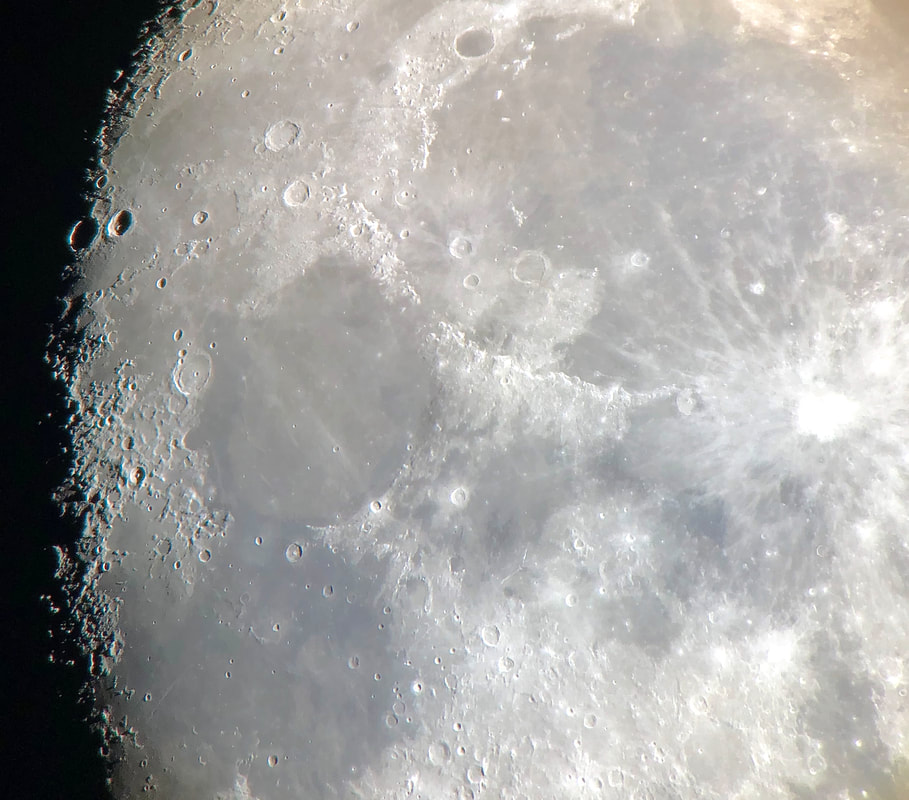
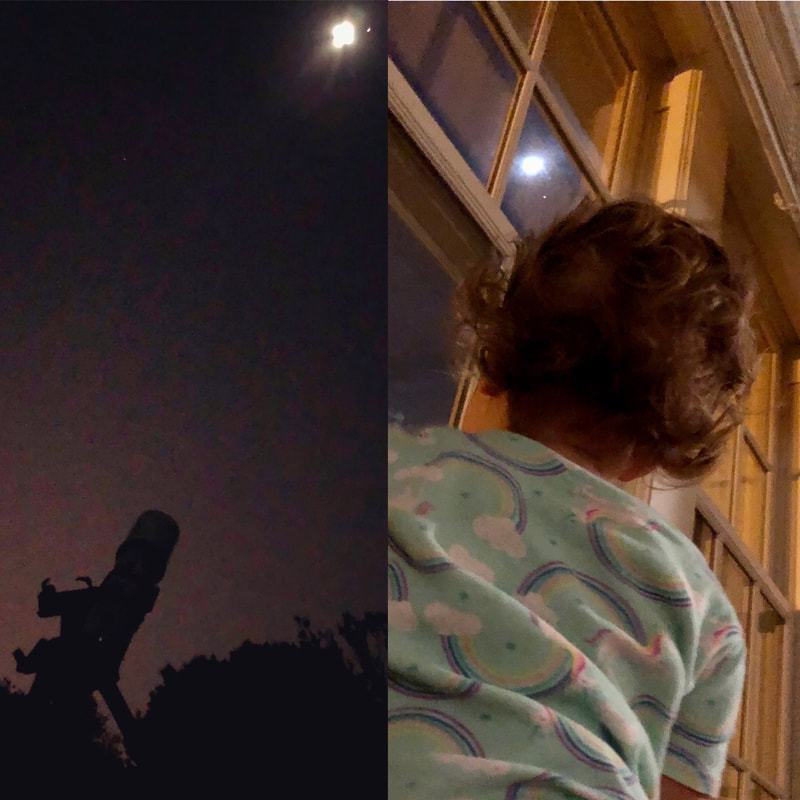
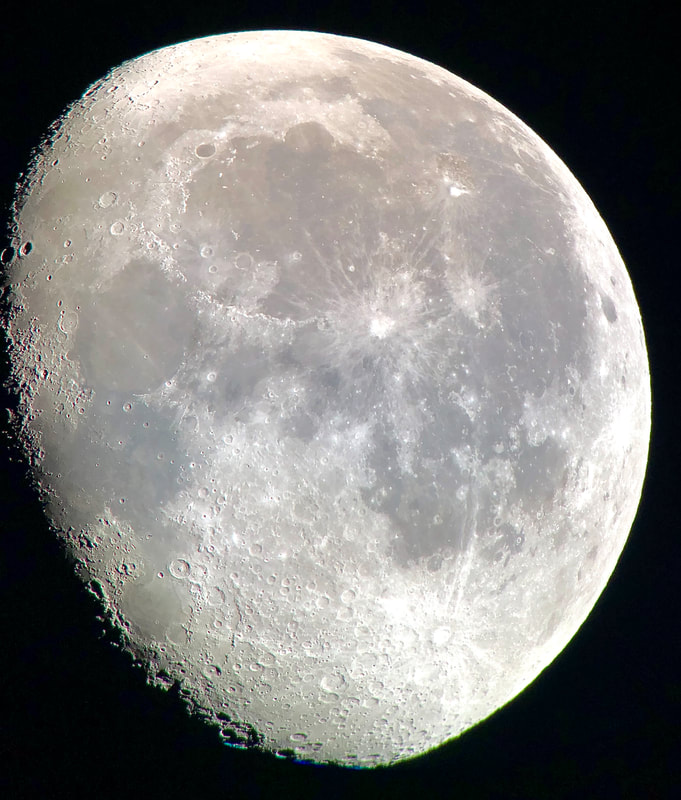
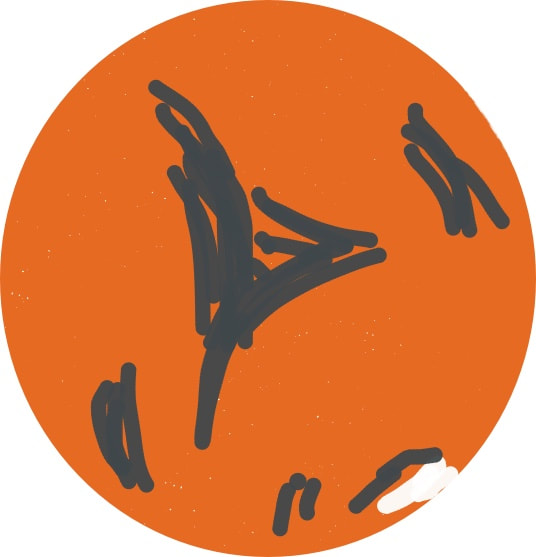

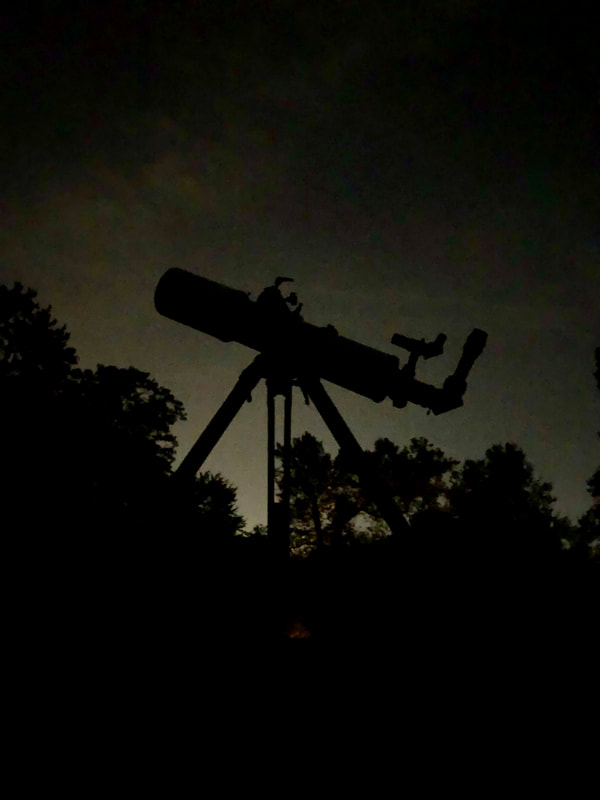
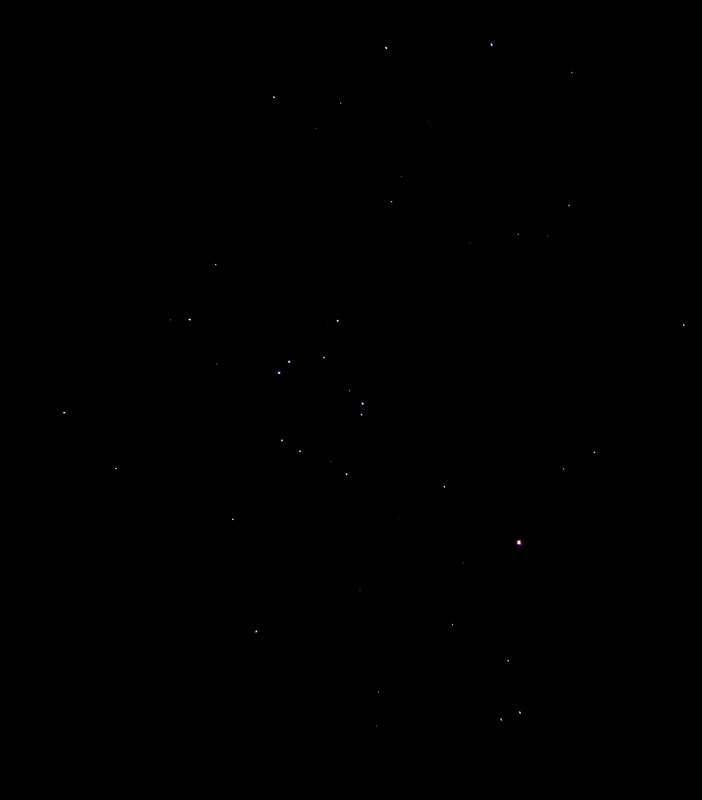
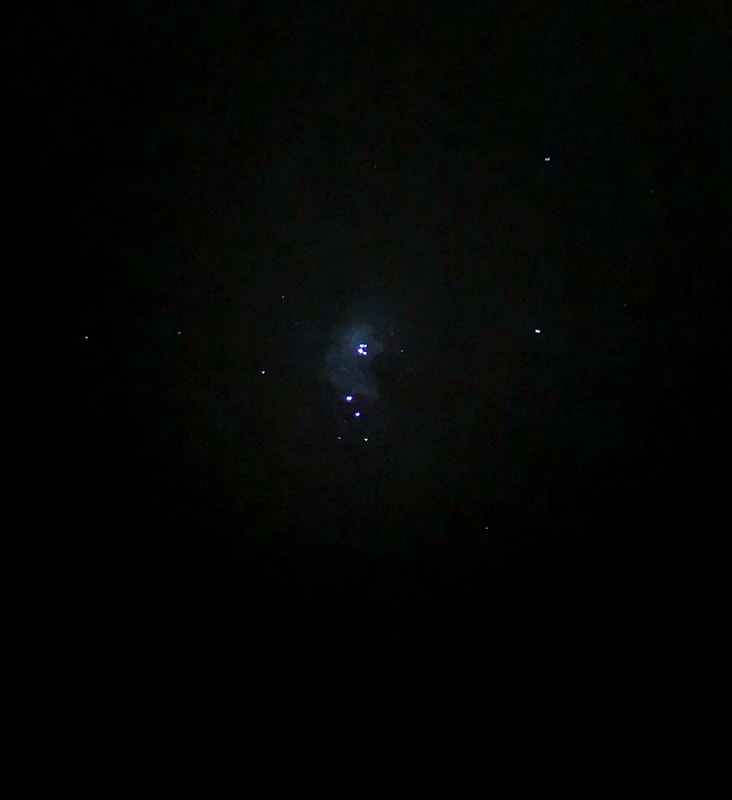
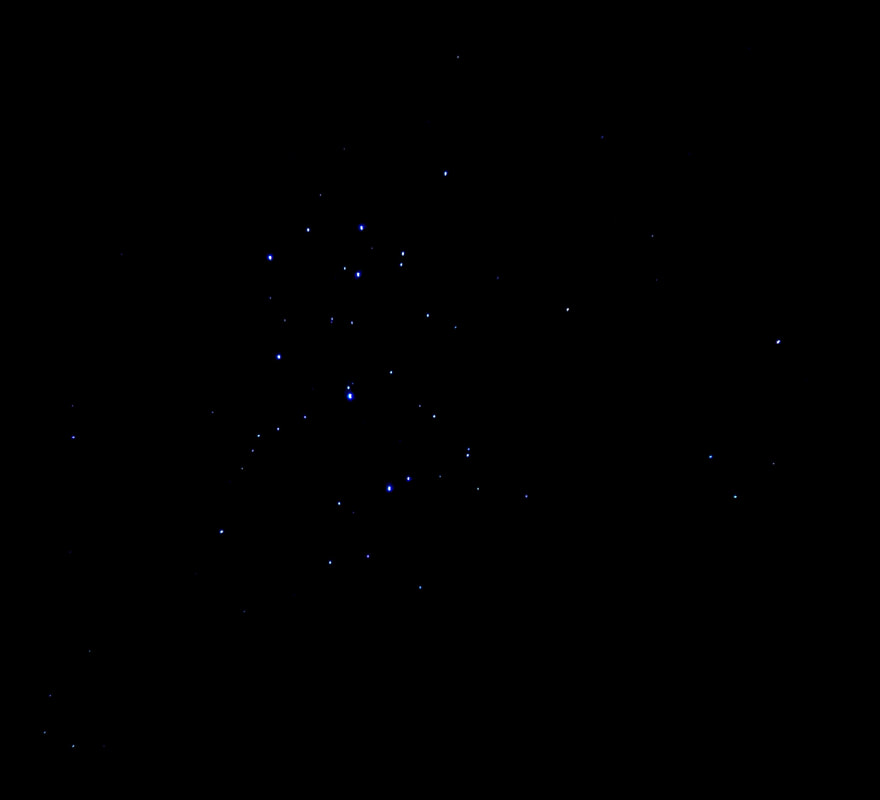
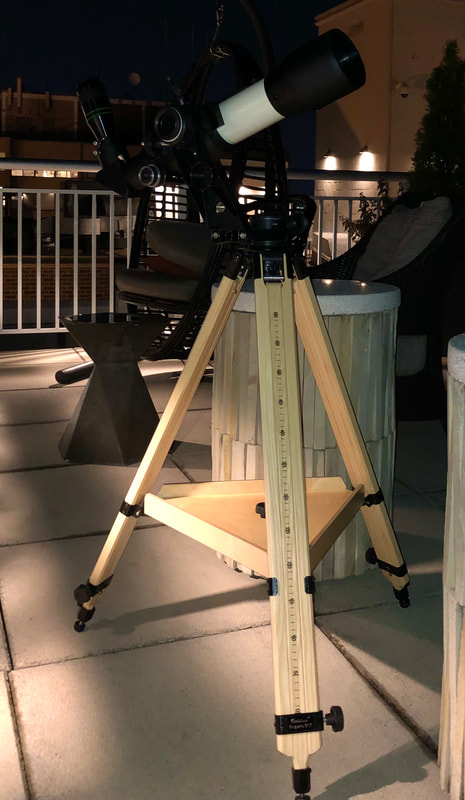
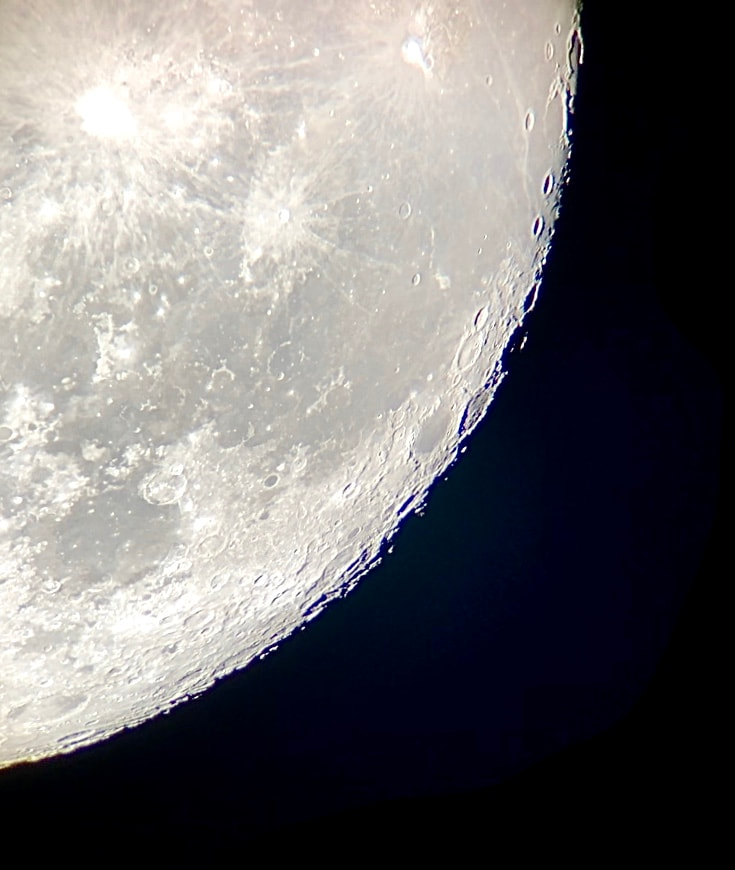
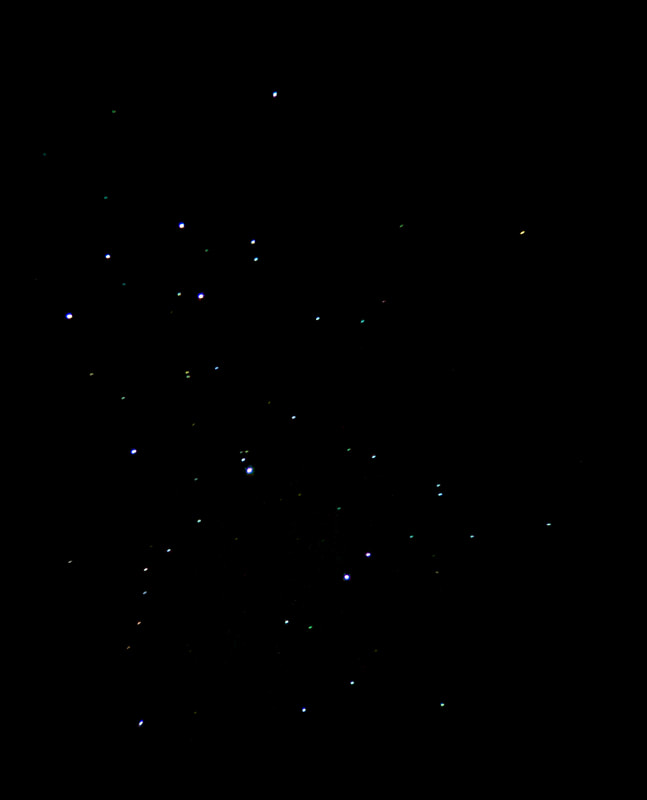

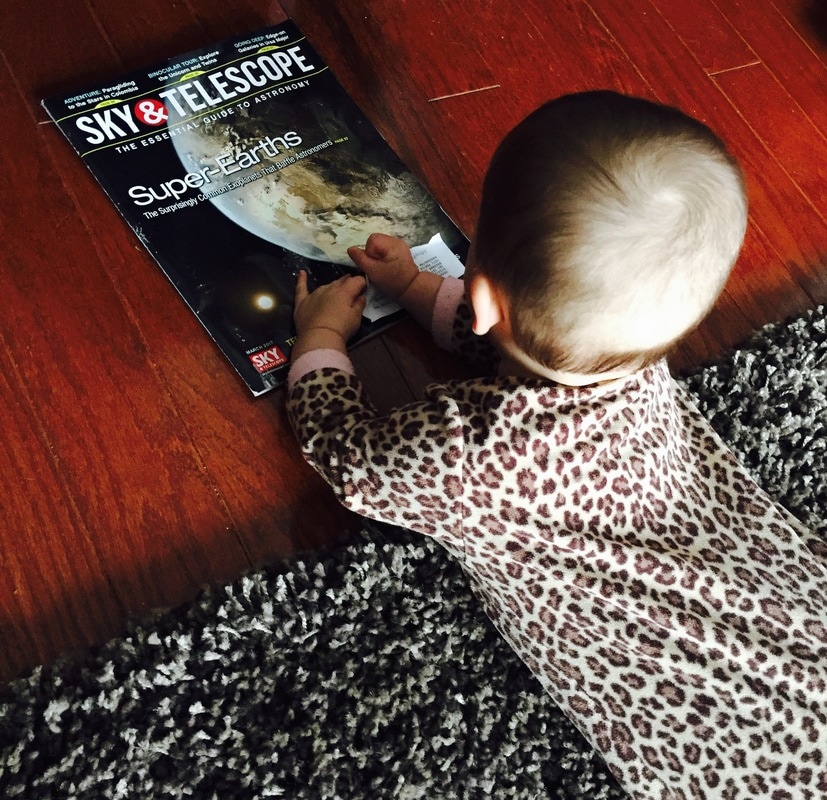
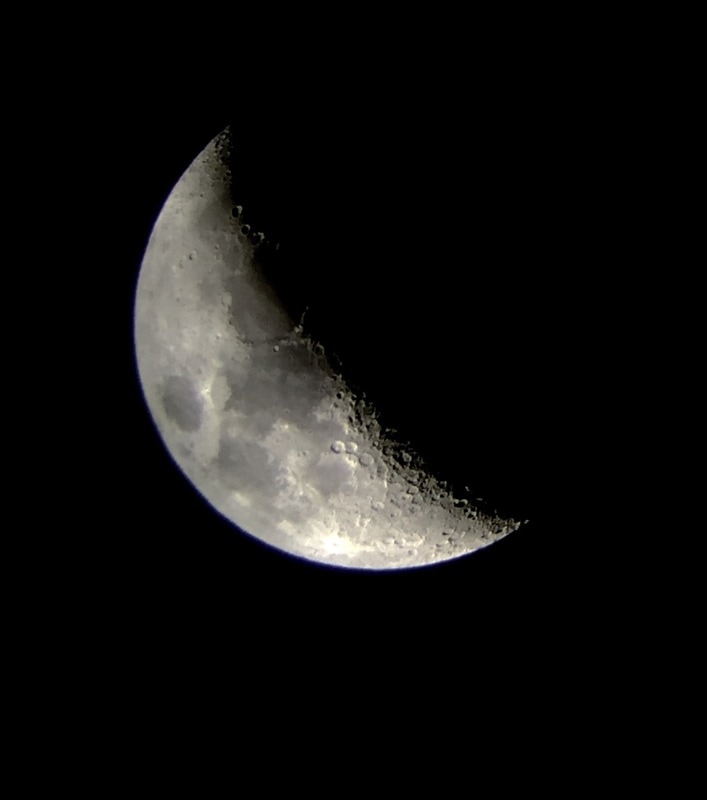

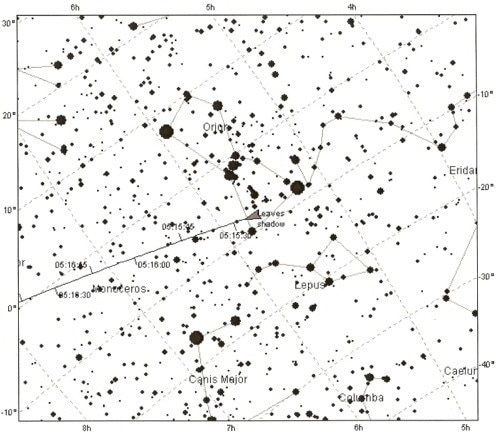
 RSS Feed
RSS Feed